Ready to save some energy? Below are different strategies and educational articles on ways you can save energy in your home.
What are the best ways to save energy? It’s a topic that we’ve been wondering a lot about. The best ways to save energy for someone in Alaska are probably going to be much different from someone living in Southern California (mainly for heating and cooling reasons). But some tips (like changing incandescent bulbs to CFL or LED) work no matter where you live, because everybody uses light.
Before you start saving energy, you may need to get a better understand of just what energy is. If you’re an energy noob, start with:
Energy Saving 101
- What is a kWh? (the most common form of expressing electrical energy)
- What is a therm (mainly for natural gas users)
- Home Energy Consumption – Where are you using energy?
Cheap, Quick, and Easy Energy Saving Tips
We have put together a free energy saving guide that you can download if you register for the Mapawatt Newsletter (or purchase for $2.99 from Amazon). The title of the guide is 5 Cheap, Quick and Easy Energy Saving Tips. As the title implies, it covers low or no cost strategies users can employ that won’t take too much time or effort. A summary of that guide can be seen below:
- Monitor and Track Energy Consumption
- Insulate, Seal, and Block
- Install and Use a Programmable Thermostat
- Turn Off, Turn Down, Turn Up and Unplug
- Install CFLs and/or LEDs
Check out our Top Ten Home Energy Conservation tips under $100 below (click on the images to be taken to that product page):
| Put in CFLs or LEDs | $1-2 (CFL)/ $10-20 (LED) | 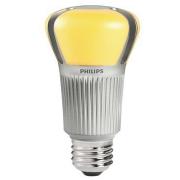 |
| Get a programmable thermostat | $30-$100 | 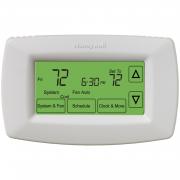 |
| Use a Desk or Ceiling Fan | $15-$100 | 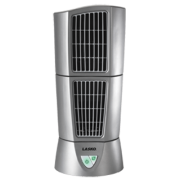 |
| Get a whole home electricity monitor | $80-$500 | 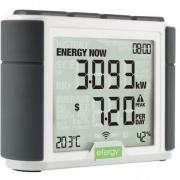 |
| Get an appliance level electricity monitor | $20-$50 | 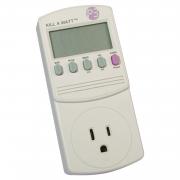 |
| Use a lighting occupancy sensor | $15-$20 |  |
| Get a bicycle pump for your car tires | $20-$30 | 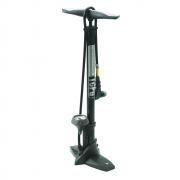 |
| Use rechargeable batteries | $15-$30 | 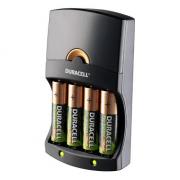 |
| Find air leaks with a thermal leak detector | $30 | 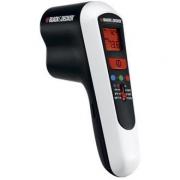 |
| Control appliances over the internet | $50 | 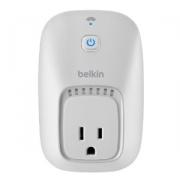 |
Energy Saving Projects
If you’ve already conquered the cheap, quick and easy strategies, you may need to move to the next level. We covered a free energy saving guide that Southface Institute put together, that is a great guide for DIY projects. Other things you can do:
- Home Energy Audit
- Upgrading Insulation
- More efficient heating and cooling system
Clean Energy
If you’ve done all you can for Energy Conservation (not using energy) and Energy Efficiency (using less energy to do the same amount of work), you may be ready for the third step, Clean Energy. Clean energy systems, like Solar PV panels or Wind Turbines, will help you produce your own clean energy, which will lower the amount of energy you need to buy from your utility. The different types of residential clean energy producing systems are (and the type of energy they produce):
- Solar PV (electricity)
- Solar Thermal (heat)
- Wind Turbine (electricity)
- Biomass (electricity and heat)
- Micro-hydro water turbine (electricity)
- Natural Gas Fuel Cell (electricity and heat)
Incentives
If you have done all the energy saving activities you can do that don’t cost you money, you might have to consider spending some money to save some more energy. If you are going to do that, you want to make sure to take advantage of all the incentives that are available. In our post on finding energy incentives we mentioned the following types of incentives
- Tax Deduction
- Tax Credit
- Rebate
- Free audit
- Grant
- Loan
- Discounts
Financing
If you are planning major energy improvements, you may need to finance your energy saving investment.
One option is the
On our page on solar financing we covered a list that One Block off the Grid put together. Their categories include (with their corresponding hyperlinks):
- Solar Power Purchase Agreements (PPAs)
- Solar Lease – also see the great post that CleanTechnica just put up on leasing solar.
- Home Equity Loans – also see Energy Efficient Mortgage
- SRECs: Solar Renewable Energy Credits
- PACE Muncipal Financing (Property Assessed Clean Energy)
- Peer to Peer Lending (P2P)
- Feed-In Tariffs (FIT)
Other Links:
http://www.energysavers.gov/tips/
http://www.motherearthnews.com/Renewable-Energy/Save-Money-On-Energy.aspx
http://www.powerhousetv.com/Energy-EfficientLiving/Energy-savingsTips/02...
Smart Ways to Save Electricity
http://mapawatt.com/2010/08/01/home-energy-saving-guide/
http://mapawatt.com/2012/09/03/home-energy-use-for-your-region-and-your-...
